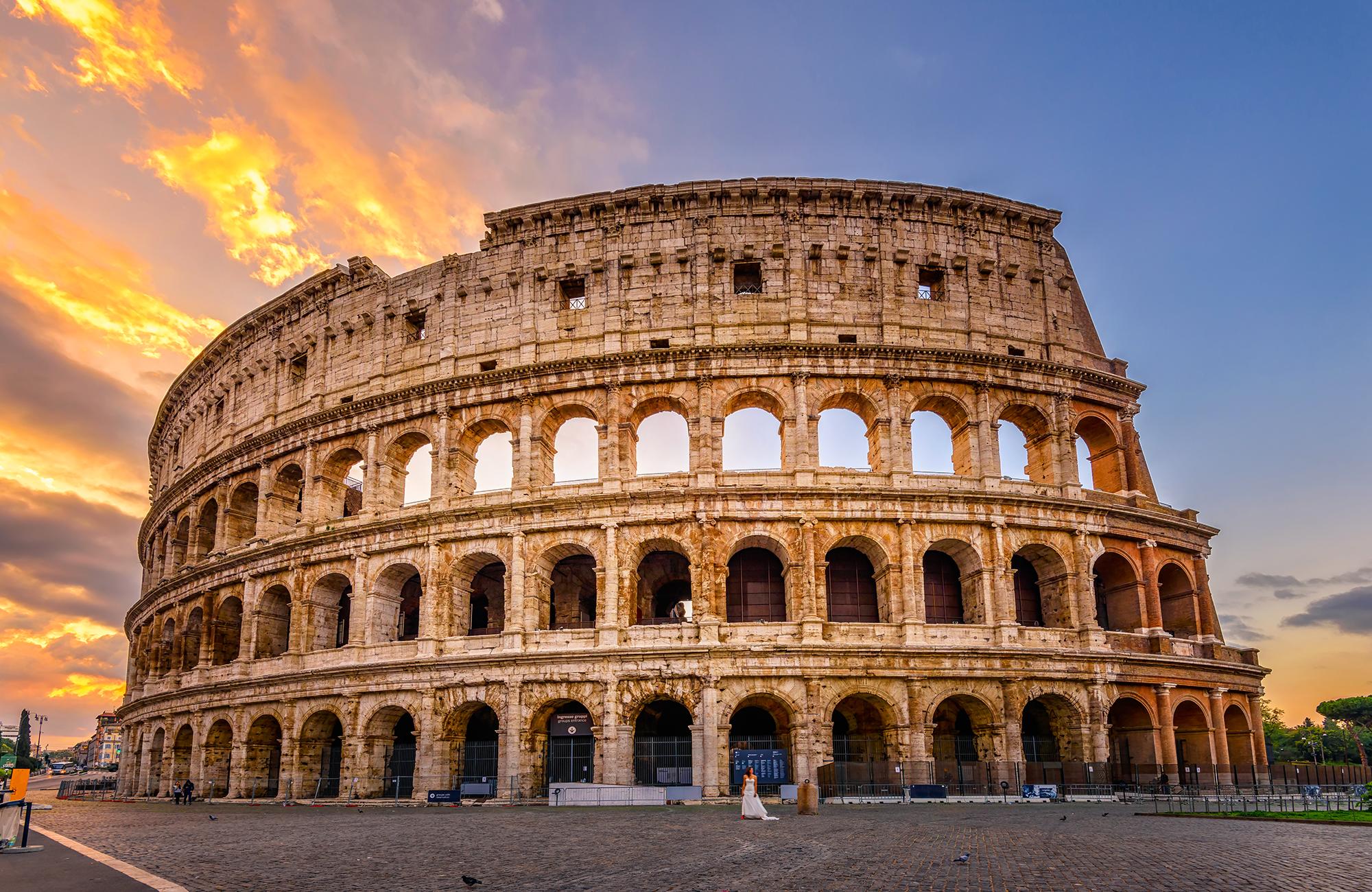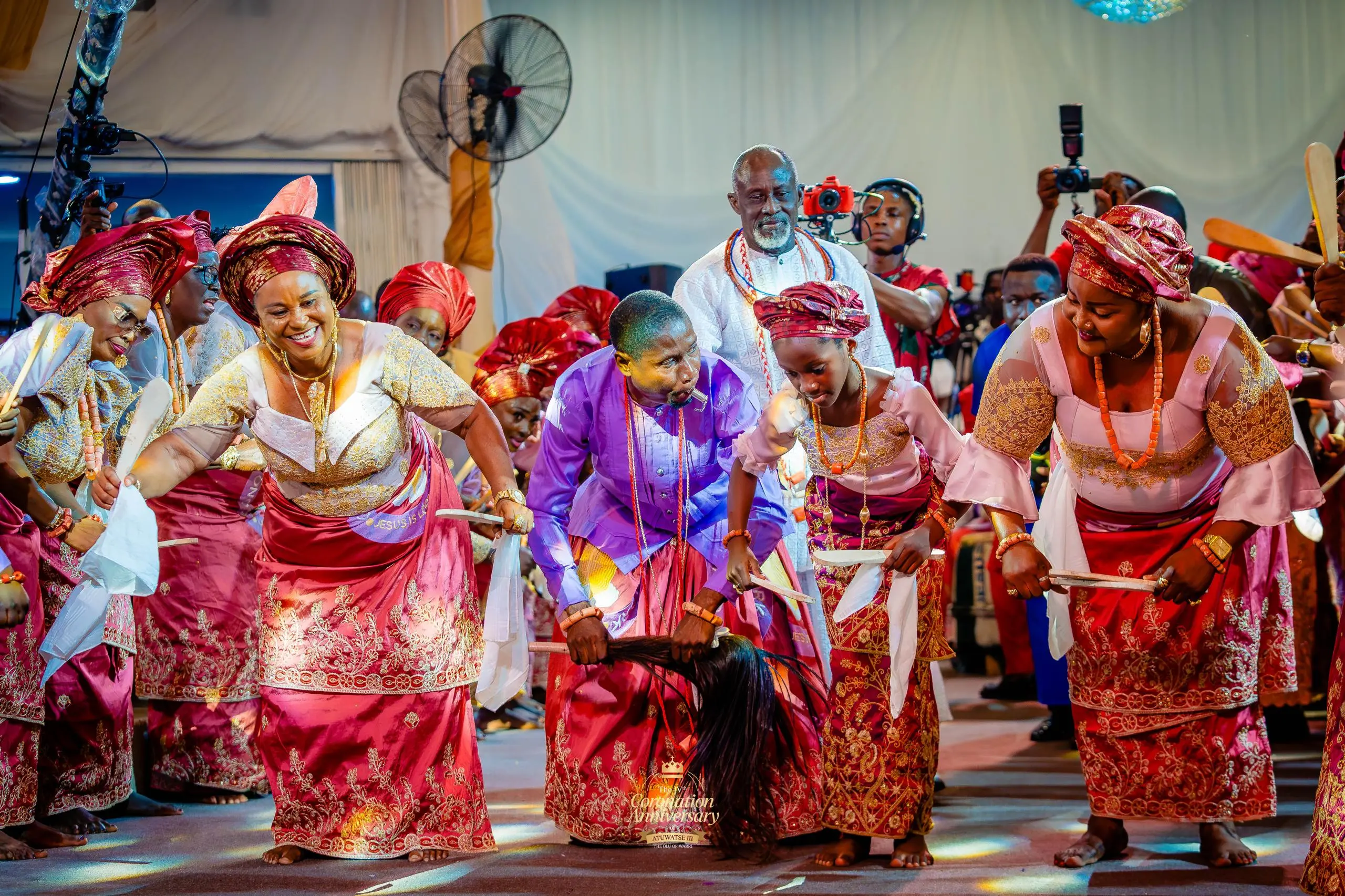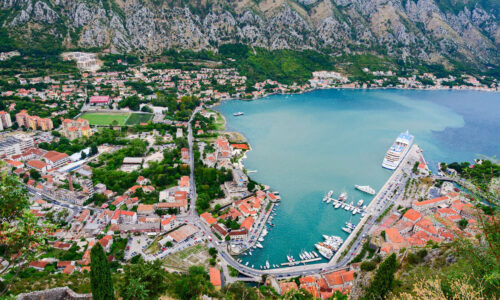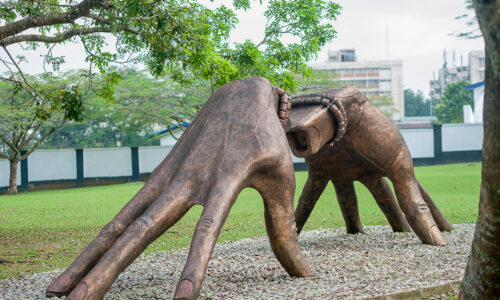- Judith Akatugba
- 0 Comments
- 526 Views
The City Eternal. Because of its historical significance as the birthplace of Western civilization and Christian culture, Rome is also known by that name.
Rome has been regarded for centuries as the home of the Roman Catholic Church and one of the most renowned hubs of art and culture. It is now a contemporary city and the capital of Italy, one of Europe’s most stunning nations.

Italy’s Trevi Fountain sits in Rome. Ancient fountain.
EVERYTHING ABOUT ROME
Rome is a city of fountains, historic structures, first-rate museums, and lovely squares. It experiences moderate winters and pleasant summers due to its Mediterranean environment.
You can anticipate sunny, dry days in the summertime that are warmer than thirty degrees Celsius. Rainy days are limited to the fall season. Even in the winter, the temperature hardly ever drops below zero, so you may visit the city year-round.
We suggest taking a historical trip of old Rome to see the Pantheon, a former Roman temple renowned for its impeccable proportions, the Roman Forum, and the Colosseum, the world-famous ancient arena.
You’ll adore touring the medieval Trastevere neighborhood and going shopping at the Porta Portese flea market on Sunday mornings. For a fantastic overview of the city, you may ascend to the top of Gianicolo Hill or St. Peter’s Basilica. Alternatively, you can explore the Piazza Navona, a 15th-century area home to numerous monuments, shops, and cafes.
Read Also: Jennifer Lopez hopes to produce the Bob the Builder film set in Puerto Rico
Along with these activities, you may relax on the Spanish steps, explore the many gelaterias, pizzerias, and cafes in the Campo de Fiori neighborhood, and throw a coin in the renowned Trevi Fountain.
You may take day trips from Rome to Naples, Florence, and Venice, as well as to the stunning Amalfi Coast and the renowned ancient town of Pompeii.
You may skip the long lineups at major landmarks by using our Rome travel guide to determine when is the best time to visit Rome and when is the low season, when there are fewer tourists.
SPRING IN ROME

Perhaps April is the most picturesque month of the year to travel to Rome. During Easter and Holy Week, a lot of people visit. That being said, you should anticipate higher hotel rates during that time. Temperatures normally range from 15 to 20 degrees Celsius, making for comfortable weather.
Another important event that draws visitors to Rome from all over the world is the Rome Marathon. Usually, it takes place in early April or towards the end of March. The people celebrate Rome’s birthday on April 21st every year. Gladiator bouts, parades through the streets, and fireworks above the Tiber River are all visible.
Because of the International Worker’s Day holidays, a lot of travelers decide to visit Rome in the early part of May. With an average temperature of between 20 and 25 degrees Celsius, it’s a pleasant day to explore the city’s squares and other attractions. May in Rome is a beautiful month because of all the flowers on terraces and greens in parks.
You can go to Open House Roma, an annual celebration of design and architecture. Many artistic and musical events are brought to the Eternal City by the Roma Outdoor Festival.
An additional intriguing celebration of cultural and historical legacy is the Night of Museums. Numerous free performances will take place at the museums till two in the morning.
One of the biggest tennis competitions in the world, the Italian Open, is held in Rome in May.
SUMMER IN ITALY

The days get warmer in June. It is approximately twenty-five degrees Celsius. Thanks to Festa di San Giovanni and Republic Day Festival, the city has seen an increase in tourists.
Since the summer is Rome’s busiest travel season, hotel costs are rising. To save some cash, we suggest making reservations many months in advance if you intend to visit Rome during the busiest time of year.
The warmest months in Rome are July and August, when average highs surpass thirty degrees Celsius. Gelato, which is arguably the best ice cream in the world, tastes best at that time of day. The sunny evenings are perfect for having supper in a lovely restaurant’s garden and sipping fine Italian wine.
August 15 is National Feast Ferragosto, a time when many Romans take vacations.
You can attend some fascinating events in September, such the grape harvest festival Sagra dell’Uva and arts and antique fairs.
The sea is only thirty kilometers distant from Rome. You can take a day excursion to some of the long, sandy beaches in the area, such as Torvajanica beach, Ostia, Sabaudia, and Fregene. They have bars, sun lounges, showers, and other beach amenities.
Throughout the summer, you will have 10 or 11 hours of sunshine each day. Therefore, remember to wear plenty of SPF, pack sunglasses, and drink enough of water to stay hydrated. It’s typical to navigate through crowds in Rome during the summer, even in hot weather.
ROME IN THE AUTUMN

Numerous galleries and museums open new exhibits after the summer. It brings a lot of art and cultural enthusiasts to Rome.
October has some warm days left. You can enjoy taking strolls in the pleasant weather and taking in the sights of the city, including the Roman Forum, Pantheon, and Colosseum.
Rome holds important events in October, including The International Film Festival and the Roma Europa Festival, which features musical performances.
November weather might be a little unexpected. Rainy days are to be expected, as is a dip in temperature and shorter days. You still have time to tour Rome before the winter months arrive, though.
Early November sees the Roma Jazz Festival, where you can catch a variety of live music acts. One of the major jazz festivals in Europe, it featured performances by the biggest names in music, including B.B. King, Bob Dylan, and Miles Davis.
October temperatures should be about 20 degrees Celsius, while November temperatures should be about 15 degrees Celsius. Don’t forget to include an umbrella and a light jacket.
ITALY’S WINTER

The Italian capital is transformed into a wintry paradise every December. Everywhere you look, you may see exquisite decorations and experience the joy of Christmas.
The Christmas Market is located in Piazza Navona, while live music and fireworks are featured at Piazza del Popolo on New Year’s Eve. Additionally, there are lots of stands selling Italian wines and street cuisine.
Nativity scenes and Christmas cribs can also be found in Rome. In St. Peter’s Square, Rome’s most well-known crib is constructed each year.
The average temperature falls to less than 10 °C. Visits to churches, museums, and galleries, including the Sistine Chapel, the Vatican Museums, Capitoline Museums, and Galleria Borghese, are best made during the winter.
Rome’s coldest month, January, brings with it the Feast of the Epiphany festival, complete with parades and celebrations, as well as winter deals that give steep discounts of up to 60–70%. For those who enjoy shopping, January is the ideal month to visit Rome.
If you don’t mind the weather, February is still quite chilly but has less tourists, so you can still see all of Rome’s famous sites. It can be rainy and bitterly chilly in the first part of March. It is anticipated that the month will end with milder springtime days. March is still the off-peak month; the only time it gets crowded is around Easter.











